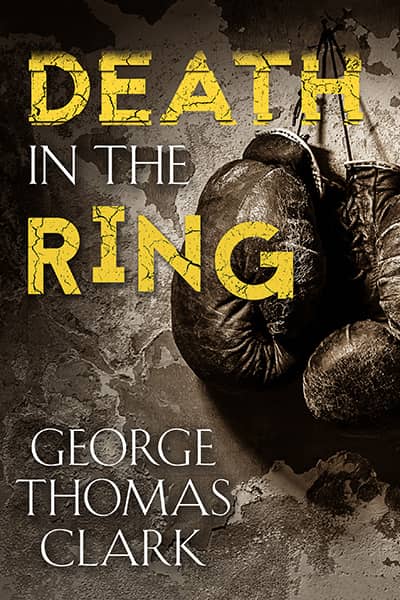Civil War in Mexico
May 27, 2008
At press conferences I proudly proclaimed the capture of safe houses and drug cartel hit men in Mexico City, and displayed their powerful weapons, bulletproof vests, and stacks of money. Here’s what they’re doing, I told the Mexican people. I want everyone to know that I, Edgar Millan Gomez, am the national police chief and most powerful and determined opponent of cartels that reap forty billion dollars annually from drug transactions, primarily in the United States, and who the last two years have murdered several thousand Mexicans, the majority criminals but a startling, and increasing, number of police, soldiers, journalists, politicians, and uninvolved bystanders. I applauded the bold deployments of President Felipe Calderon, who has sent more than twenty thousand troops to numerous areas where killers roam. They’ll come after the president, if they can. I knew they’d try to silence me.
Late on the night of May eighth two bodyguards escorted me to the front door of my apartment. In hindsight I’m surprised they didn’t insist on accompanying me inside. I should’ve asked. Moments after they walked away, a man who’d been hiding charged me and I threw my hand up and tried to seize the gun then felt my hand shatter but had knocked the gun on the floor and prepared to punch the assailant with my good hand. I could’ve taken him but he pulled another pistol and shot me one, two three times, knocking me down, and leered over me as he pumped five more bullets into my torso. My bodyguards heard shots and dashed back to wound the criminal. At the hospital a sheet was pulled over my face.
During the interrogation, my officers determined the first shot, unheard by my bodyguards, had been fired from a suppressed .380 caliber handgun. They also discovered the killer had my apartment keys. But since I slept different places most nights, how did he know I’d be here? Questions were posed with greater emphasis, yielding a confession he’d been hired by Jose Montes Garfias, a federal police officer long stationed at the capital’s international airport to interdict cocaine and elements for producing methamphetamine. Instead, I’d suspected he was shielding shipments for the Sinaloa Cartel, and transferred him. While arresting Montes Garfias, federal officers found “documents from several cars used by other top-ranking police officials, showing names, license plates, and models.” Such treachery is common.
On the night of May first, Roberto Velasco Bravo, federal director of organized crime investigations, had been parking his sport utility vehicle outside his home in Mexico City. Two men, probably aware Velasco’s bodyguard was not on duty, ran up and killed the director with shots to the head. A .380 suppressed handgun was found nearby. A day later Jose Aristeo Gomez, chief of staff of the Federal Preventative Police, was talking to a woman in front of his house in Coyoacan, a suburb of wealth and artistic distinction, south of Mexico City. Two men attacked and wrestled him toward the back seat of his car. Unable to subdue Martinez, they shot him in the chest and arm with a suppressed .380 pistol. On the morning of May ninth, a day after the attack on me, Esteban Robles Espinosa left his Mexico City house about eight-thirty. In seconds a car began to chase him. He accelerated until a truck skidded in front. Espinosa swerved his car around the truck but couldn’t regain control and hit a tree. Still in the driver’s seat, he was seven times shot in the head, neck, and throat. Twenty shell casings littered the scene.
The Sinaloa Cartel has been blamed for recent targeting of elite officials in the nation’s capital, but the Juarez Cartel and Gulf Cartel and all others are sending the same message: cross them and they’ll get you no matter who or where you are. In the most fundamental sense, cartels are declaring themselves the law and the government their hostage. Across highways hang banners inviting foolish, low-paid police and soldiers to jump out of the crosshairs and into the lucrative field of paramilitary drug dealing. Recruitment is successful. Who can Mexicans trust?
President Calderon is trying to purge traitors and replace them with young soldiers and college students rigorously trained and better compensated. They will be needed as Mexico redefines the essential problem. We’re not merely dealing with massive crime and the underlying socioeconomic difficulties. What we’ve got now is civil war, and to win we must destroy enough heathens to compel the rest to behave.
Sources: “Drug cartels go after police officers in Mexico”, Associated Press; “Mexico: On the Road to a Failed State?”, Stratfor; “Mexico: Examining Cartel War Violence…”, Stratfor; “Mexican Police Chief is Killed…”, Washington Post; “Mexico’s War Against Drugs Kills Its Police”, New York Times.














